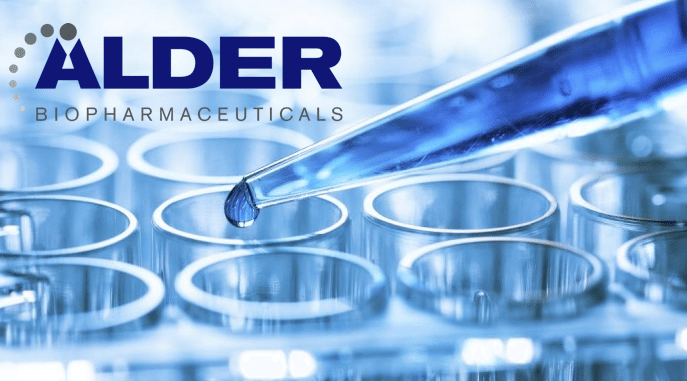
On February 23, 2016, Alder Biopharmaceuticals Inc (NASDAQ:ALDR) reported its final quarter and full year 2015 financials. Alongside the report came the announcement that the company expects to report topline from a phase IIb in its lead pipeline candidate, ALD403, before the current quarter is out. The drug is a migraine treatment with a huge potential patient population, and the company has a flurry of ongoing trials, and in turn, milestones, slated for the remainder of 2016. If the upcoming data release demonstrates sound efficacy, and can repeat the tolerability element of earlier trials, we could see some immediate upside in Alder’s valuation. Further, this immediate upside could turn out to be merely preemptive of extensive upside if data from ongoing, and planned future, pivotals hit the mark. With this in mind, here’s what the drug is all about, what to look out for in the release, and what the implications of an FDA nod might be for Alder and its shareholders going forward.
Click Here For More Market Exclusive Updates & Analysis
So, as we’ve said, the drug’s a migraine candidate, in a family of therapies called anti-CGRP. CGRP (an abbreviation of the term calcitonin gene-related peptide) is a vasodilatory peptide that plays a role in pain transmission. ALD403 is designed to inhibit the MOA of CGRP, and in doing so, can theoretically reduce migraine pain.
Why is this sort of treatment so important? The vast majority of the current available migraine treatments are responsive – a patient gets a migraine and takes a painkiller, or otherwise, to combat the condition. ALD403 is preventative – a patient takes the drug on a semi-regular basis and it stops migraines from forming. There are some currently available preventative migraine treatments, Lisinopril, Topamax, etc., but very few are targeted specifically at migraines, and they all have some pretty off-putting adverse events associated with regular administration. It’s this preventative unmet need that the Alder is targeting with ALD403.
There’s an established need, then, so what should we be looking for in the upcoming data release? The data relates to a subset of migraine patients called chronic frequency migraines, of CF migraines, which accounts for circa 3 million of the total 13 million preventative candidates in the US. This subset suffers migraines on a minimum of 15 days out of every 30, recorded as what are referred to as migraine days. Primary endpoint in the phase IIb is a reduction from baseline in migraine days across 12 weeks. In trials to date, 60% of patients saw a minimum 50% reduction in migraine days across a three-month period and 16% went migraine free. With this in mind, we’re looking for an emulation if these results (or ideally, an improvement) to consider a meeting of the primary and, in turn, the trial a success. Again referring to previous trials, response improved over time, so as improvement on these data is not unrealistic.
What milestones, beyond the the phase IIb data, are we looking at as potential upside catalysts throughout the remainder of the year? Alder kicked off a phase III pivotal in a separate subset of migraine patients called frequent episodic migraines, FEM, in September last year. The trial is 600 strong, and is the first of two planned pivotals that will form the basis of a biologics license application (BLA) for ALD403 in this indication. The trial isn’t set to complete until January next year, but with any luck we’ll get a mid stage, interim update – perhaps as soon as the end of the second quarter this year. This is the first upside catalyst post the upcoming data. Beyond that, we’re looking to the initiation of the second pivotal (they’re referred to as PROMISE 1 and PROMISE 2 for those looking to keep track). In its latest earning conference call, Alder management suggested they were targeting the second half of 2016 for the initiation of PROMISE 2, meaning we are likely looking at a mid to end 2017, or early 2018 at the very latest, completion. This presents the opportunity for a submission to the FDA before the end of next year, and commercialization before the end of 2018 (conservative) assuming everything runs smoothly.
One to keep an eye on going forward.




